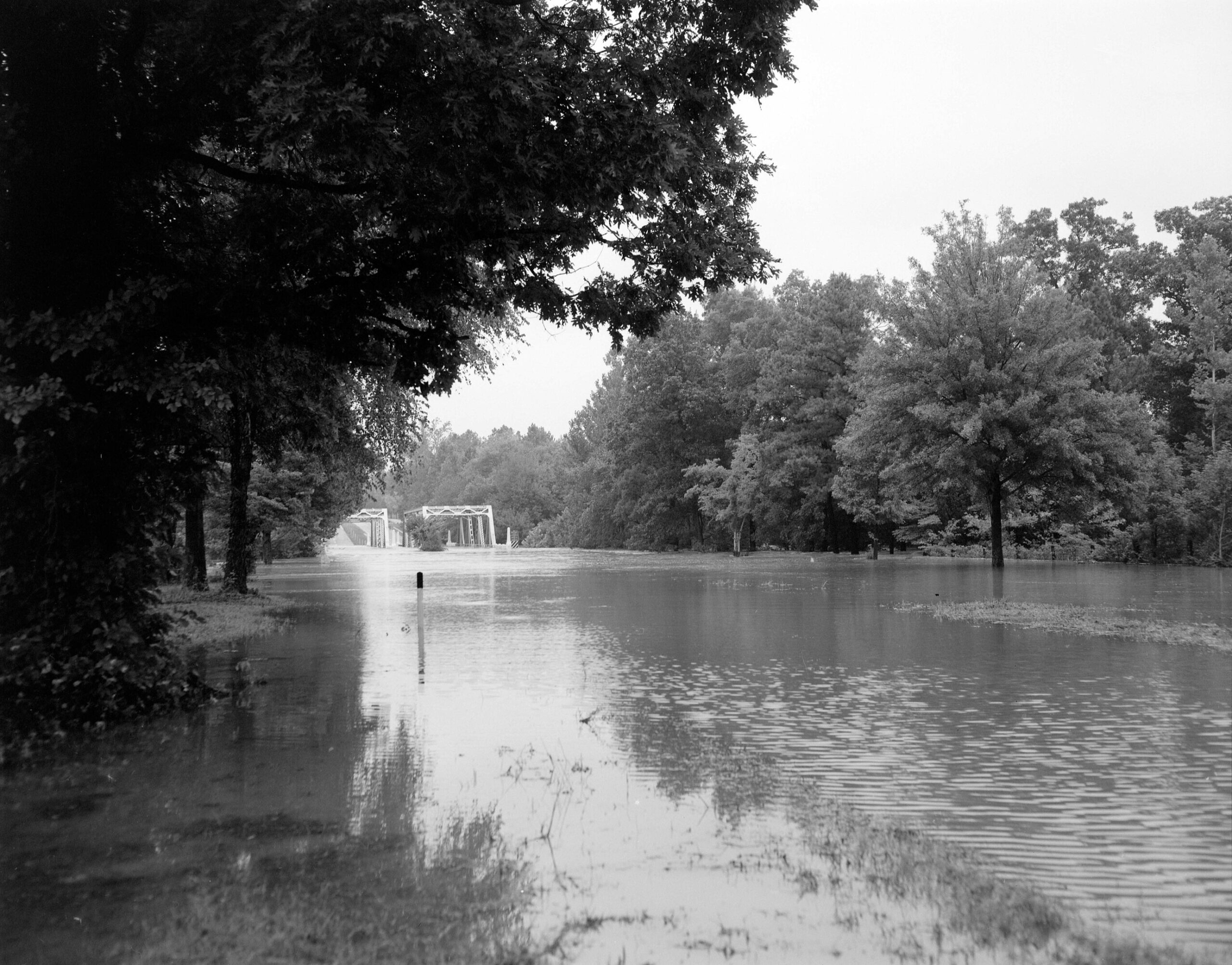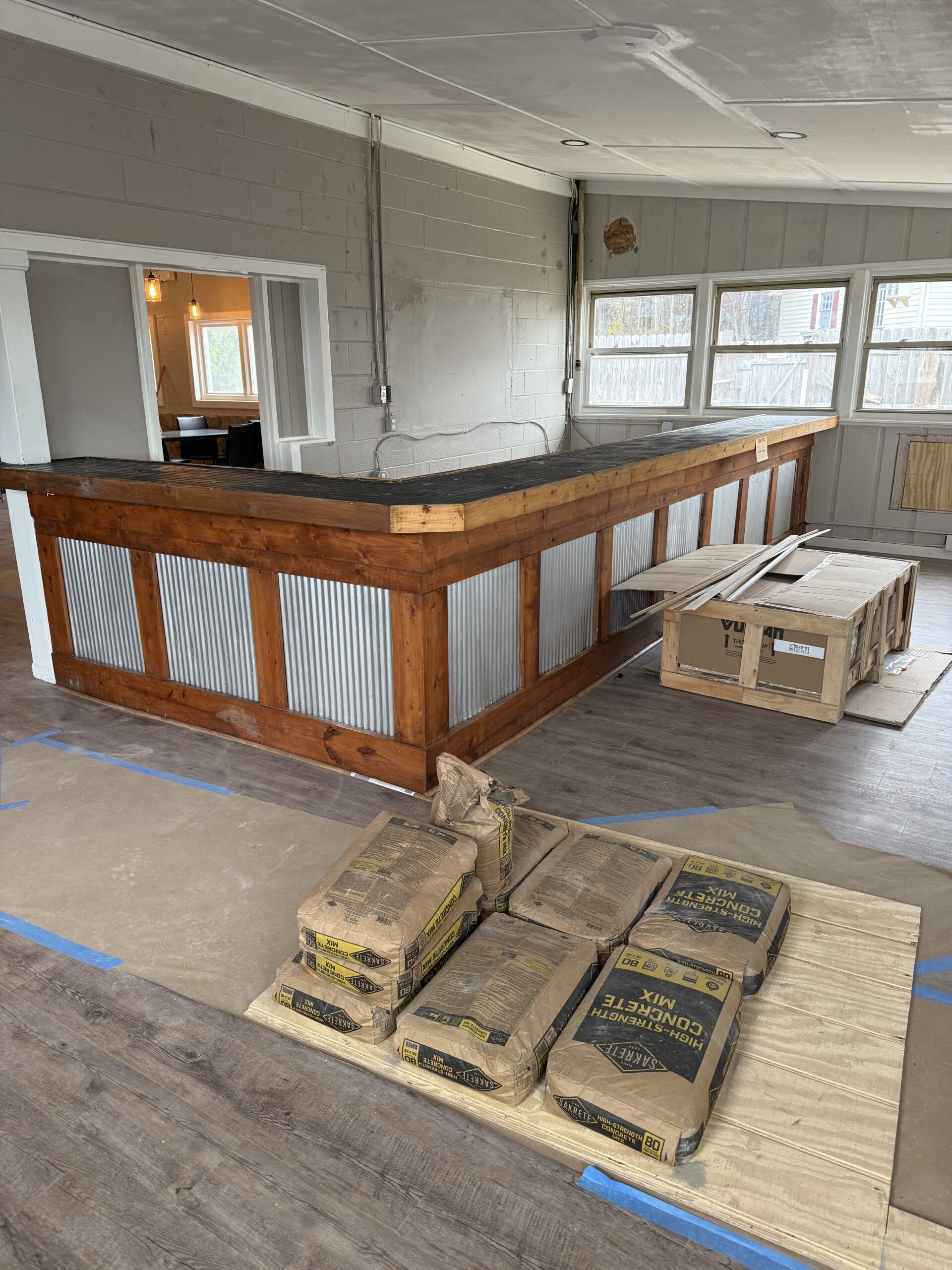
Can you hear it? The gentle lapping of water against the shore; a soothing and profound melody that resonates with peace throughout the mind and body. This serene sound, a hallmark of Lake Anna, Virginia, is just one of the many reasons families flock to our docks and beaches year after year.
But beneath the peaceful surface of this modern-day paradise lies a tapestry of history woven with threads of gold mining booms and Civil War trails. Spanning 13,000 acres and 200 miles of shoreline, Lake Anna is one of Virginia’s largest freshwater inland reservoirs, easily accessible from The Northern Virginia area, Fredericksburg, Richmond, and Charlottesville. The lake, completed in the early 1970s, serves as a critical resource for cooling the North Anna Nuclear Generating Station.
The story of Lake Anna began in 1968 when the Virginia Electric and Power Company (now Dominion) acquired 18,000 acres of farmland across Louisa, Spotsylvania, and Orange counties. Their mission was to create a reservoir by damming the North Anna River to support the nearby nuclear power station. As workers cleared the lake bed and constructed the dam, an unforeseen ally sped up the process: Hurricane Agnes. The storm’s deluge helped fill the lake to capacity in just 18 months, much faster than the projected three years. By 1972, the first shoreline communities started to emerge, heralding a new era for the tri-county region.
Long before the creation of Lake Anna, the area was known for a different kind of treasure—gold. In the early to mid-1800s, the Virginia Gold Pyrite Belt, a narrow strip of
mineral-rich land, ran through Louisa County, drawing prospectors and miners eager to strike it rich. Among the most notable mines was the Goodwin Mine, now part of Lake Anna State Park. Visitors can still see remnants of the mining operations and even try their hand at gold panning, a nod to the area’s gilded past. Boxley’s Gold Mine, located near the small town of Mineral in Contrary Creek, played a significant role in this regional gold rush.
Discovered in 1835, Boxley’s Gold Mine’s operations continued through the 19th century, contributing to the local economy and landscape. The geology of the area, characterized by gravel deposits from the Holocene epoch and the Piedmont Upland’s unique formations, provided a rich matrix for gold extraction. Although the mine is no longer active, its legacy remains a testament to the industrious spirit of early Virginia settlers.
Lake Anna’s vicinity wasn’t just rich in minerals; it also bore witness to the tumult of the American Civil War. Louisa County, in particular, was a strategic location due to its proximity to critical supply lines and battlefronts.
The Battle of Trevilian Station, fought in June 1864, was one of the largest all-cavalry battles of the war, resulting in significant casualties and shaping the course of the conflict in Virginia. Today, remnants of these battles and the stories they tell are preserved in local historical sites and through community efforts to keep the memory of the Civil War alive.
A Modern Haven today, Lake Anna stands as a symbol of ingenuity and natural beauty, attracting visitors from all over. Its residential and business communities offer a blend of recreational opportunities, from boating and fishing to hiking and camping. Lake Anna State Park not only provides a haven for nature enthusiasts but also serves as a living museum of the area’s rich history, from its gold mining roots to its role in the Civil War.
The lake’s creation and the subsequent development transformed what was once farmland into a bustling hub of activity and leisure. With two nuclear reactors operational since the late 1970s, the North Anna Nuclear Generating Station continues to underscore the lake’s importance to the region’s infrastructure and economy. Lake Anna’s allure lies not just in its scenic beauty but also in its layered history, a narrative that stretches from the gold-rich soils of the 1800s to the pivotal battles of the Civil War, and finally to its current status as a beloved recreational gem. The whispers of miners and the echoes of soldiers blend seamlessly with the laughter of families and the hum of boats, creating a place where history and modernity coexist harmoniously.
For those who visit Lake Anna, the experience is more than just a retreat into nature; it’s a journey through time. Walking along the shores, one might ponder the efforts of early settlers and miners, or reflect on the bravery of soldiers who once marched across these lands. Exploring the state park, visitors can touch the remnants of a bygone era and imagine the golden dreams that once fueled the local economy.
As Lake Anna continues to attract new generations of visitors, its historical significance remains an integral part of its charm. The stories of gold mining and Civil War battles, once hidden beneath layers of soil and water, are now celebrated and preserved, ensuring that the lake’s rich past is never forgotten. This blend of natural beauty and historical depth makes Lake Anna not just a destination, but a living, breathing chronicle of Virginia’s multifaceted history.
So, the next time you feel the gentle lapping of Lake Anna’s waters, take a moment to listen more closely. You might just hear the whispers of miners, the echoes of battles, and the timeless stories that make this place truly unique.

Hi! I’m Jennifer Bailey and I partner with entrepreneurs who have massive ideas that could change the world. Most marketing is meaningless. Filled with empty promises, its only job is to bring in new traffic, new leads, and new customers. But I’ve drawn a line in the sand, and I’ve learned that marketing can do so much more than reach business goals and build profit. My methods give businesses the fire and soul they need to reach the right people, set the groundwork for sustainable relationships, and offer true value to the people on both the giving and receiving ends of marketing.
Subscribe for Updates
Sponsors
latest articles
The Rustic Tavern’s Opening Delayed Amid Continuous Health Department Reviews

1st Annual Karaoke Contest at The Lounge on Lake Anna

10 Years of Entertainment at the Louisa Arts Center Gala

Louisa Leads in Hometown Spirit

Letter from the Editor: Mistletoe & Gratitude

NOAA Weather Radios

Can you hear it? The gentle lapping of water against the shore; a soothing and profound melody that resonates with peace throughout the mind and body. This serene sound, a hallmark of Lake Anna, Virginia, is just one of the many reasons families flock to our docks and beaches year after year.
But beneath the peaceful surface of this modern-day paradise lies a tapestry of history woven with threads of gold mining booms and Civil War trails. Spanning 13,000 acres and 200 miles of shoreline, Lake Anna is one of Virginia’s largest freshwater inland reservoirs, easily accessible from The Northern Virginia area, Fredericksburg, Richmond, and Charlottesville. The lake, completed in the early 1970s, serves as a critical resource for cooling the North Anna Nuclear Generating Station.
The story of Lake Anna began in 1968 when the Virginia Electric and Power Company (now Dominion) acquired 18,000 acres of farmland across Louisa, Spotsylvania, and Orange counties. Their mission was to create a reservoir by damming the North Anna River to support the nearby nuclear power station. As workers cleared the lake bed and constructed the dam, an unforeseen ally sped up the process: Hurricane Agnes. The storm’s deluge helped fill the lake to capacity in just 18 months, much faster than the projected three years. By 1972, the first shoreline communities started to emerge, heralding a new era for the tri-county region.
Long before the creation of Lake Anna, the area was known for a different kind of treasure—gold. In the early to mid-1800s, the Virginia Gold Pyrite Belt, a narrow strip of
mineral-rich land, ran through Louisa County, drawing prospectors and miners eager to strike it rich. Among the most notable mines was the Goodwin Mine, now part of Lake Anna State Park. Visitors can still see remnants of the mining operations and even try their hand at gold panning, a nod to the area’s gilded past. Boxley’s Gold Mine, located near the small town of Mineral in Contrary Creek, played a significant role in this regional gold rush.
Discovered in 1835, Boxley’s Gold Mine’s operations continued through the 19th century, contributing to the local economy and landscape. The geology of the area, characterized by gravel deposits from the Holocene epoch and the Piedmont Upland’s unique formations, provided a rich matrix for gold extraction. Although the mine is no longer active, its legacy remains a testament to the industrious spirit of early Virginia settlers.
Lake Anna’s vicinity wasn’t just rich in minerals; it also bore witness to the tumult of the American Civil War. Louisa County, in particular, was a strategic location due to its proximity to critical supply lines and battlefronts.
The Battle of Trevilian Station, fought in June 1864, was one of the largest all-cavalry battles of the war, resulting in significant casualties and shaping the course of the conflict in Virginia. Today, remnants of these battles and the stories they tell are preserved in local historical sites and through community efforts to keep the memory of the Civil War alive.
A Modern Haven today, Lake Anna stands as a symbol of ingenuity and natural beauty, attracting visitors from all over. Its residential and business communities offer a blend of recreational opportunities, from boating and fishing to hiking and camping. Lake Anna State Park not only provides a haven for nature enthusiasts but also serves as a living museum of the area’s rich history, from its gold mining roots to its role in the Civil War.
The lake’s creation and the subsequent development transformed what was once farmland into a bustling hub of activity and leisure. With two nuclear reactors operational since the late 1970s, the North Anna Nuclear Generating Station continues to underscore the lake’s importance to the region’s infrastructure and economy. Lake Anna’s allure lies not just in its scenic beauty but also in its layered history, a narrative that stretches from the gold-rich soils of the 1800s to the pivotal battles of the Civil War, and finally to its current status as a beloved recreational gem. The whispers of miners and the echoes of soldiers blend seamlessly with the laughter of families and the hum of boats, creating a place where history and modernity coexist harmoniously.
For those who visit Lake Anna, the experience is more than just a retreat into nature; it’s a journey through time. Walking along the shores, one might ponder the efforts of early settlers and miners, or reflect on the bravery of soldiers who once marched across these lands. Exploring the state park, visitors can touch the remnants of a bygone era and imagine the golden dreams that once fueled the local economy.
As Lake Anna continues to attract new generations of visitors, its historical significance remains an integral part of its charm. The stories of gold mining and Civil War battles, once hidden beneath layers of soil and water, are now celebrated and preserved, ensuring that the lake’s rich past is never forgotten. This blend of natural beauty and historical depth makes Lake Anna not just a destination, but a living, breathing chronicle of Virginia’s multifaceted history.
So, the next time you feel the gentle lapping of Lake Anna’s waters, take a moment to listen more closely. You might just hear the whispers of miners, the echoes of battles, and the timeless stories that make this place truly unique.

Hi! I’m Jennifer Bailey and I partner with entrepreneurs who have massive ideas that could change the world. Most marketing is meaningless. Filled with empty promises, its only job is to bring in new traffic, new leads, and new customers. But I’ve drawn a line in the sand, and I’ve learned that marketing can do so much more than reach business goals and build profit. My methods give businesses the fire and soul they need to reach the right people, set the groundwork for sustainable relationships, and offer true value to the people on both the giving and receiving ends of marketing.
Subscribe for Updates
Sponsors
latest articles
The Rustic Tavern’s Opening Delayed Amid Continuous Health Department Reviews

1st Annual Karaoke Contest at The Lounge on Lake Anna

10 Years of Entertainment at the Louisa Arts Center Gala

Louisa Leads in Hometown Spirit

Letter from the Editor: Mistletoe & Gratitude

NOAA Weather Radios

Spotsylvania Tourism Growth Outpaces Statewide Averages with 35% Surge Since 2019
Article By Jen Bailey
![Featured image for “[Spotsylvania] New Speed Enforcement in School Zones”](https://lakeanna.online/wp-content/uploads/2025/09/Blog-pic-scaled.jpg)
[Spotsylvania] New Speed Enforcement in School Zones
Article By Jen Bailey







